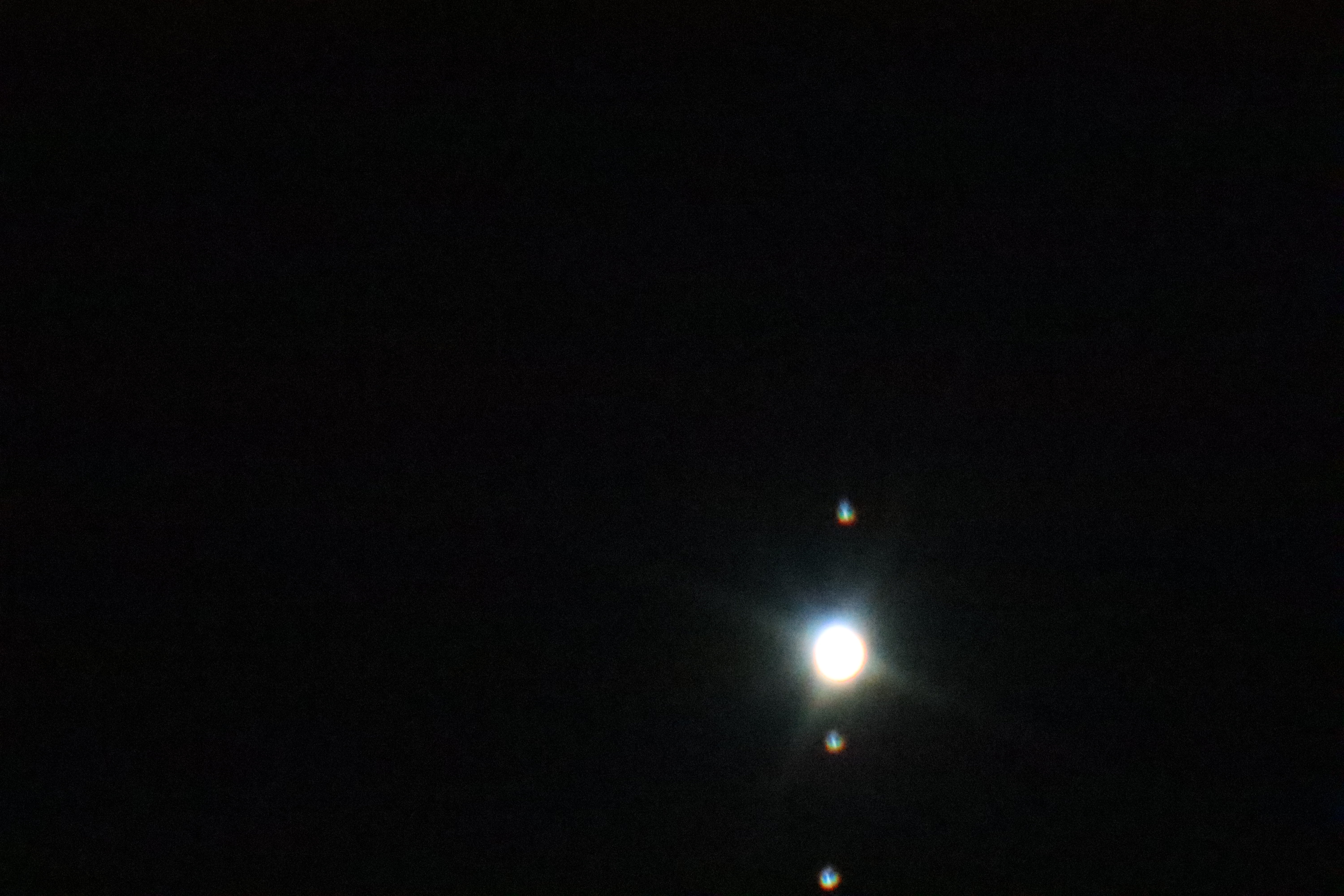Jupiter, the largest planet in our solar system, has a fascinating history that spans billions of years. Here is an overview of the history of Jupiter:
- Formation: Jupiter is believed to have formed around 4.5 billion years ago, shortly after the birth of the Sun. It formed from a rotating disk of gas and dust called the protoplanetary disk. As the disk collapsed under gravity, Jupiter’s core began to accumulate material.
- Core Formation: Jupiter’s core, which is thought to be a solid rocky and icy core, formed relatively quickly within a few thousand years. This core acted as a seed for the accumulation of gas and other material around it.
- Gas Accretion: Over millions of years, Jupiter’s core attracted and accreted large amounts of hydrogen and helium gas from the protoplanetary disk. The gas accretion process was likely enhanced by the gravitational influence of Jupiter’s growing mass.
- Formation of the Gas Giant: As Jupiter’s mass continued to increase, it eventually reached a critical point where its gravitational pull became strong enough to capture and retain a significant amount of gas. This led to the formation of a gas giant with a massive atmosphere surrounding its core.
- Migration and Orbital Stability: Studies suggest that Jupiter underwent a period of migration within the early solar system. It is believed to have formed farther from the Sun and then migrated inward, potentially destabilizing the orbits of other planets in the process.
- Role in Shaping the Solar System: Jupiter’s massive size and strong gravitational influence played a crucial role in shaping the structure and dynamics of the solar system. Its gravitational interactions with other planets, particularly with asteroids and comets, have helped to protect the inner planets from potential impacts.
- Exploration: Jupiter has been the subject of extensive exploration by spacecraft. The Pioneer and Voyager missions provided valuable information about its atmosphere and moons, while the Galileo mission provided detailed insights into its composition, magnetic field, and moon system. More recently, the Juno mission has been studying Jupiter’s atmosphere, magnetic field, and interior.
Jupiter continues to captivate scientists’ interest, and further missions and observations are planned to deepen our understanding of this giant planet. Its unique characteristics and historical significance make it a fascinating object of study in the ongoing exploration of our solar system.
DEC: 11 22′ 14″







